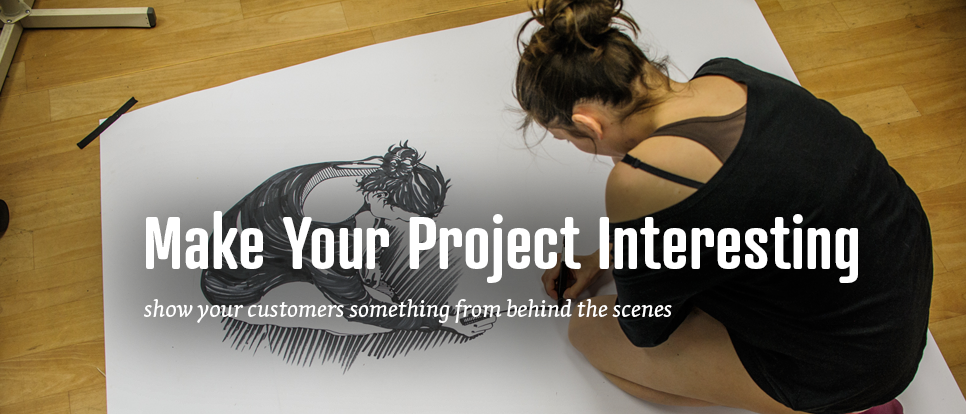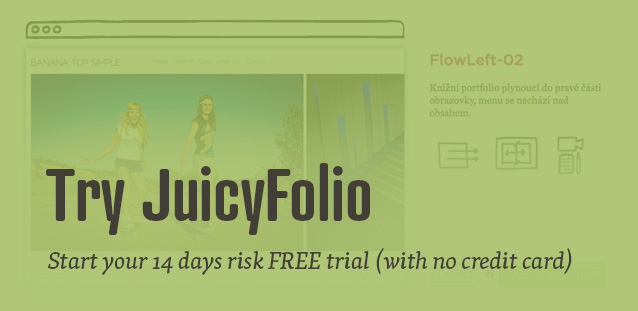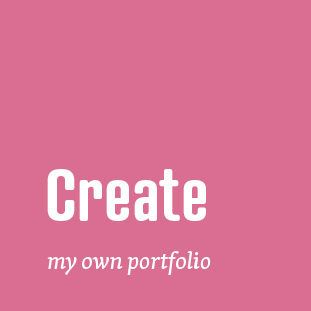1. Customer References
Did any of your customers give any positive feedback to your work? Did they write you a complimentary email? Than don't hesitate to show such a reference to new visitors of your website. For example ask the satisfied customer if you could use his words as a public reference on your website, or if they could write something nice about you on their social profiles, preferably on Facebook, Twitter, or Google+.
2. Show Something from Behind the Scenes
Many of your customers will be interested not only in the products of your work, but also in its process. Some ideas for a few behind the scenes articles are also a great way of starting up your own blog.
3. External Cooperation
Are you cooperating on some project with other talented creative? If that is the case, it is also a good theme for your blog. With it you can show your readers your professionality and diversity in the selection of your projects and co-workers, especially if such a person is as talented as yourself. And this propagation obviously wont hurt them either. And finaly, if this collaboration is surrounded by a field not really in your aria, you can then address a whole new group of customers.
4. Ground Your Work
If you have your own photographic, art, or other studio, or you have worked on some interesting locations (when for instance shooting a wedding etc.), mark this location on Google Maps, that will then connect it to your Google account. That will again substantially help your project with its optimization for search engines.
5. Interviews, Events, Workshops
Don't be afraid to share with your readers anything that somehow relates to your creative activities. Whether somebody have done an interview with you, you have met with other creatives, or you are holding some big event. All of this can be interesting for your readers and it again can strengthen your Internet status. So enhance not only your website, but also your social profiles (Facebook, Twitter, and Google+) with this kind of information.
A great example of how to run an intriguing blog with many angles of your creative activity, visit a blog of Paul Schlemmer on PavelS.cz.



